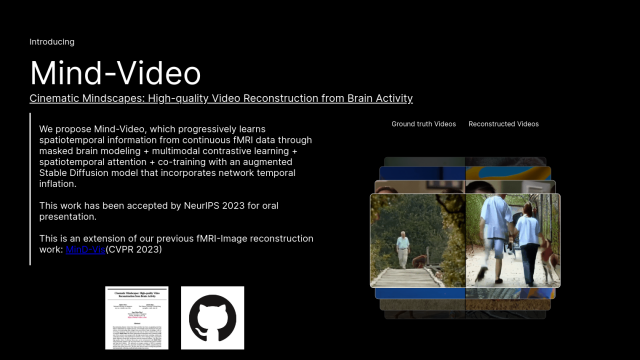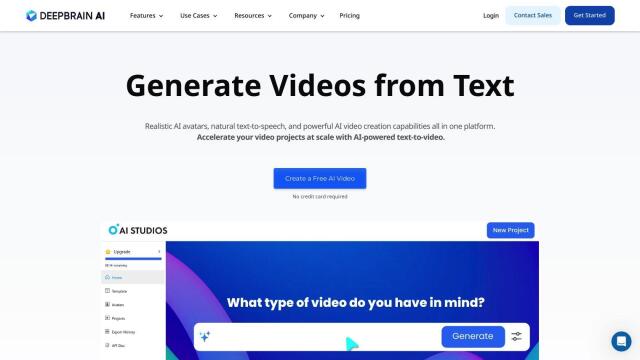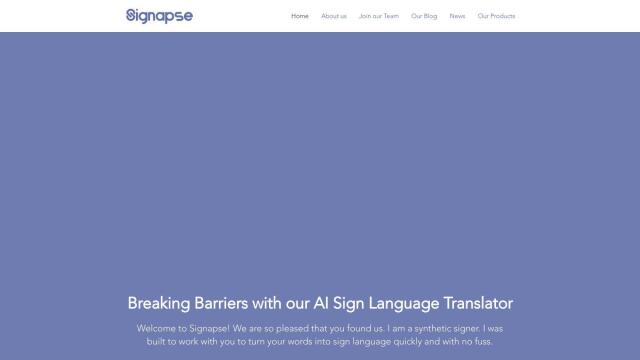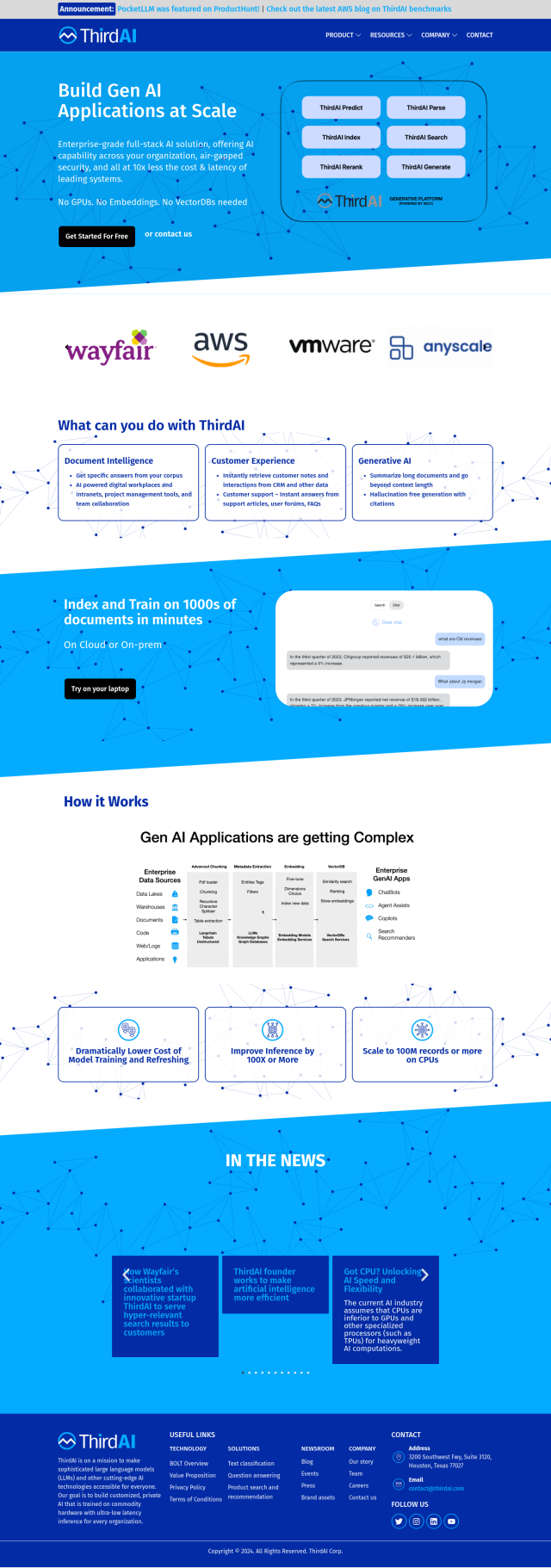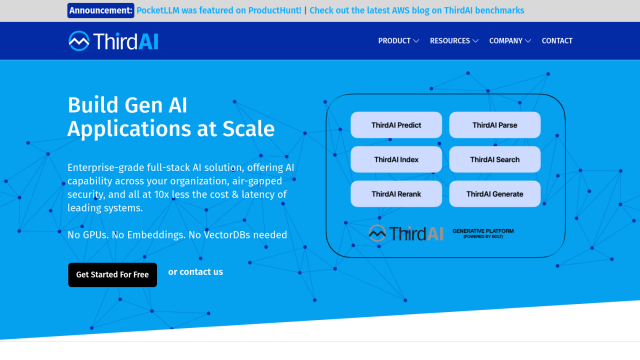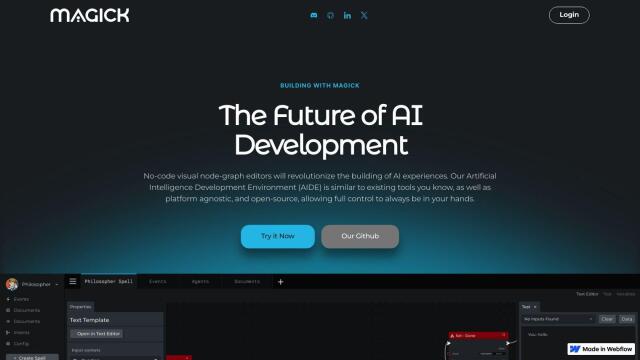Question: Can you recommend a technology that allows people with paralysis to control devices with their minds?


Neuralink
If you're looking for technology that lets people with paralysis control devices with their minds, Neuralink is the most exciting contender. Neuralink is working on a next-gen brain-computer interface (BCI) that lets people control computers and phones with their thoughts. The company is working on safety, ease of use and reliability, with the N1 Implant having 1024 electrodes on 64 flexible wires to monitor neural activity. The technology could help restore vision, motor control and speech abilities for people with quadriplegia.


EMOTIV
Another contender is EMOTIV, which offers a range of EEG hardware and software tools for gathering and analyzing brain activity. It's not geared specifically for controlling paralysis, but EMOTIV's devices can detect and interpret brain activity, and it could be a foundation for research and development. The relative ease of use and flexibility of its EEG headsets and software could also be useful for exploring mind control.

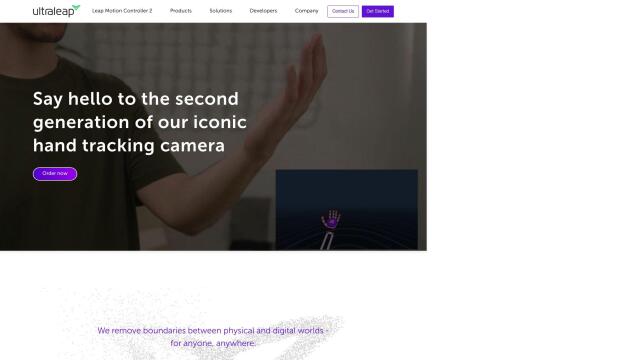
Ultraleap
For more gesture control, Ultraleap offers hand tracking and haptic technology that lets people control devices without controllers by waving their hands around. It's not mind control, but it could be adapted for situations where fine motor control isn't an issue, and it could be a useful way for people with limited mobility to interact with their devices.

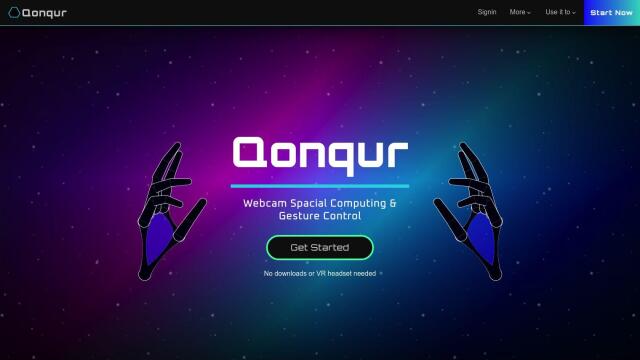
Qonqur
Last, Qonqur offers a digital learning and research tool that uses webcam-based hand gesture control to let people operate computers with hand gestures. It's still in early adopter beta testing, but it could change how we interact with our computers, especially for people with limited mobility.

